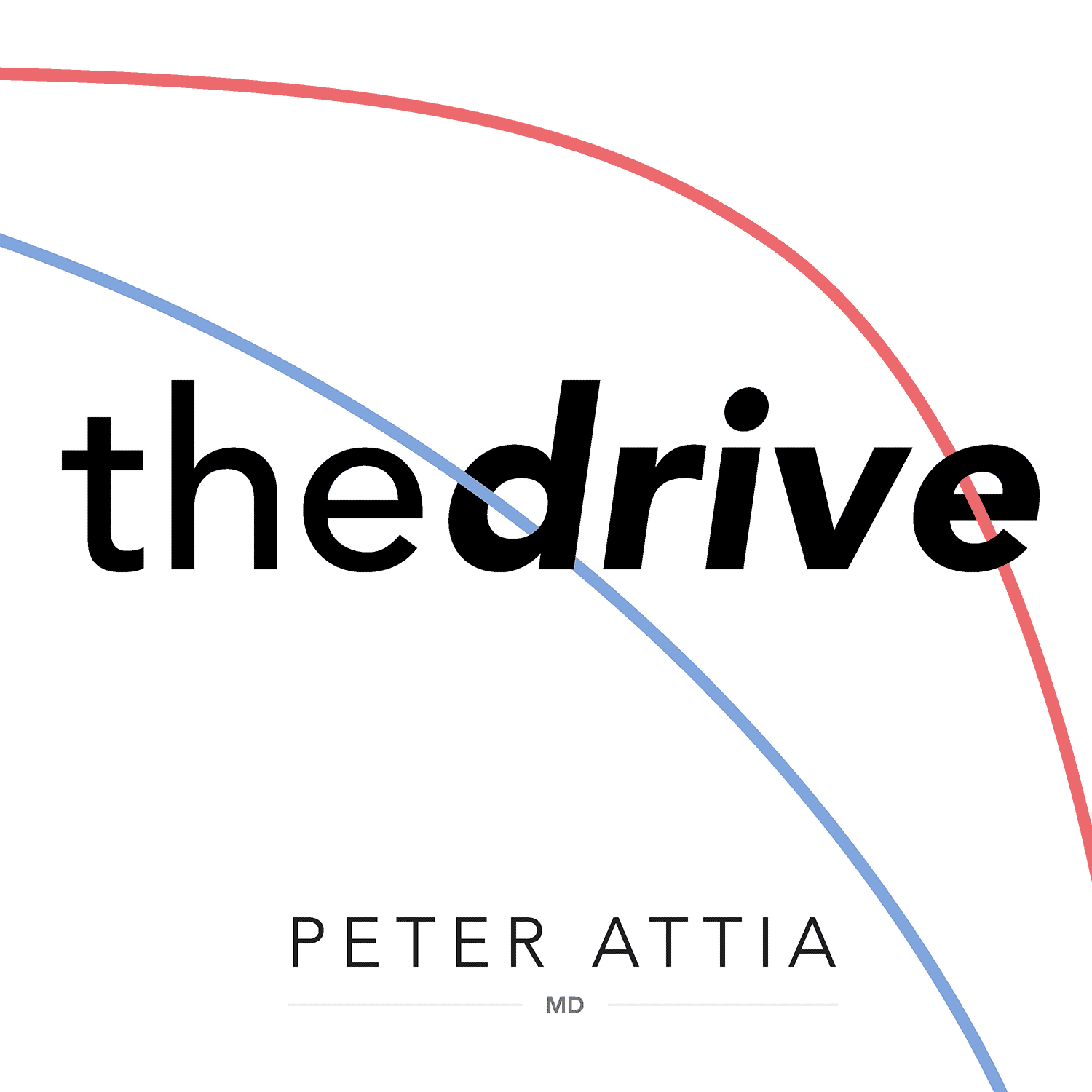
January 13, 2025 • 2hr 16min
#331 ‒ Optimizing endurance performance: metrics, nutrition, lactate, and more insights from elite performers | Olav Aleksander Bu (Pt. 2)
The Peter Attia Drive

Key Takeaways
- Performance Metrics: Understanding key metrics like FTP, VO2 max, and lactate threshold is crucial but protocols must be consistent for meaningful data
- Elite Athletes: Top endurance athletes can maintain extremely high percentages (90-95%) of their VO2 max during competition through specialized training
- Nutrition Innovation: Modern elite athletes can consume up to 240g carbohydrates per hour through specialized hydrogel technology, far exceeding traditional limits
- Training Evolution: The combination of precise nutrition, data-driven training, and technology has enabled performance improvements beyond what was possible in previous eras
- AI Applications: Artificial intelligence is becoming crucial for analyzing the vast amounts of training data and enabling more proactive vs reactive coaching decisions
Introduction
Olav Alexander Bu is an internationally renowned sports scientist and endurance coach who works with elite athletes across multiple disciplines. In this episode, he discusses his data-driven approach to coaching, the evolution of endurance training, and how modern technology and nutrition science are revolutionizing athletic performance.
Topics Discussed
Performance Metrics and Testing Protocols (4:45)
Bu explains the key performance metrics used in endurance training and their proper measurement:
- FTP (Functional Threshold Power): Typically measured as 95% of 20-minute maximum power output
- Critical Power: Determined through multiple all-out efforts and mathematical modeling
- Anaerobic Threshold: The point where lactate accumulation begins to accelerate
- Protocol consistency is crucial for meaningful comparisons over time
VO2 Max Testing and Optimization (22:15)
Discussion of VO2 max testing protocols and considerations:
- Proper warm-up protocol: 20 minutes including progressive intensity
- Elite athletes can maintain 90-95% of VO2 max during competition
- Testing environment matters: Field tests often produce different results than laboratory tests
- Breathing technique hack can artificially boost VO2 max numbers by restricting breathing near maximum effort
Lactate Dynamics and Buffering (1:25:45)
Bu discusses the role of lactate in performance and buffering strategies:
- Lactate as fuel: The heart and other tissues can utilize lactate effectively
- Buffering agents: New hydrogel technology enables higher doses of bicarbonate
- Individual response variation: Athletes show dramatically different responses to buffering strategies
- Training adaptations can significantly improve lactate tolerance and utilization
Modern Nutrition Strategies (1:39:30)
Revolutionary changes in how elite athletes fuel during competition:
- Carbohydrate intake: Elite athletes can now utilize up to 240g per hour
- Hydrogel technology enables higher concentrations without GI distress
- Training the gut is crucial for tolerating high carbohydrate intake
- Pure glucose/fructose mix optimal for maximum absorption and utilization
Olympic vs Ironman Performance (1:58:30)
Discussion of the challenges in competing across different distances:
- Training specificity becomes crucial when switching distances
- Performance trade-offs between short and long distance events
- Race dynamics significantly impact strategy and outcome
- Environmental factors like currents in open water swimming can dramatically affect results
Artificial Intelligence in Training (2:06:30)
Bu's perspective on AI applications in elite sports:
- Pattern recognition in vast amounts of training data
- Proactive vs reactive coaching decisions
- Integration of multiple data streams for better insights
- Democratization of advanced analysis through AI tools
Conclusion
The discussion highlights how modern endurance training has evolved through the integration of precise measurement, advanced nutrition strategies, and technology. Bu emphasizes that while metrics and data are crucial, consistency in protocols and understanding individual responses remains fundamental. The future of elite endurance training will likely be shaped by artificial intelligence's ability to process and analyze the vast amounts of available data, enabling more personalized and proactive coaching decisions.